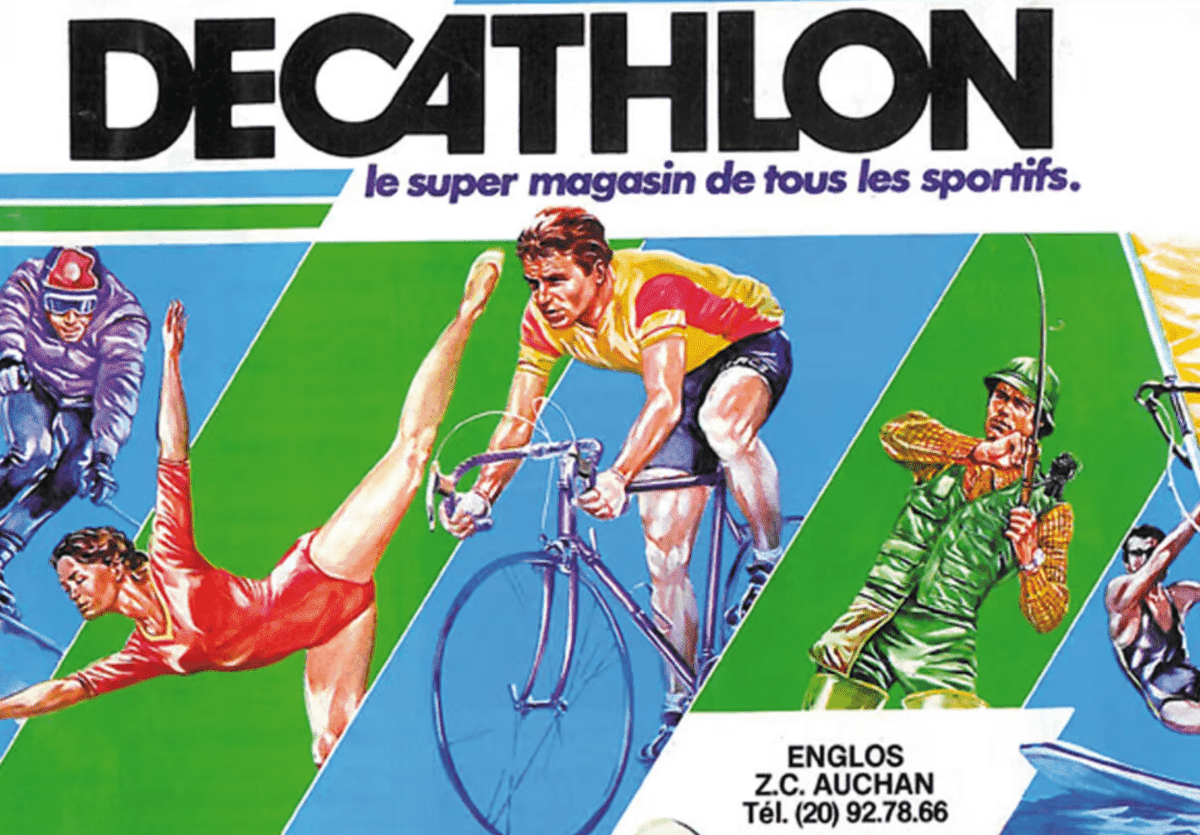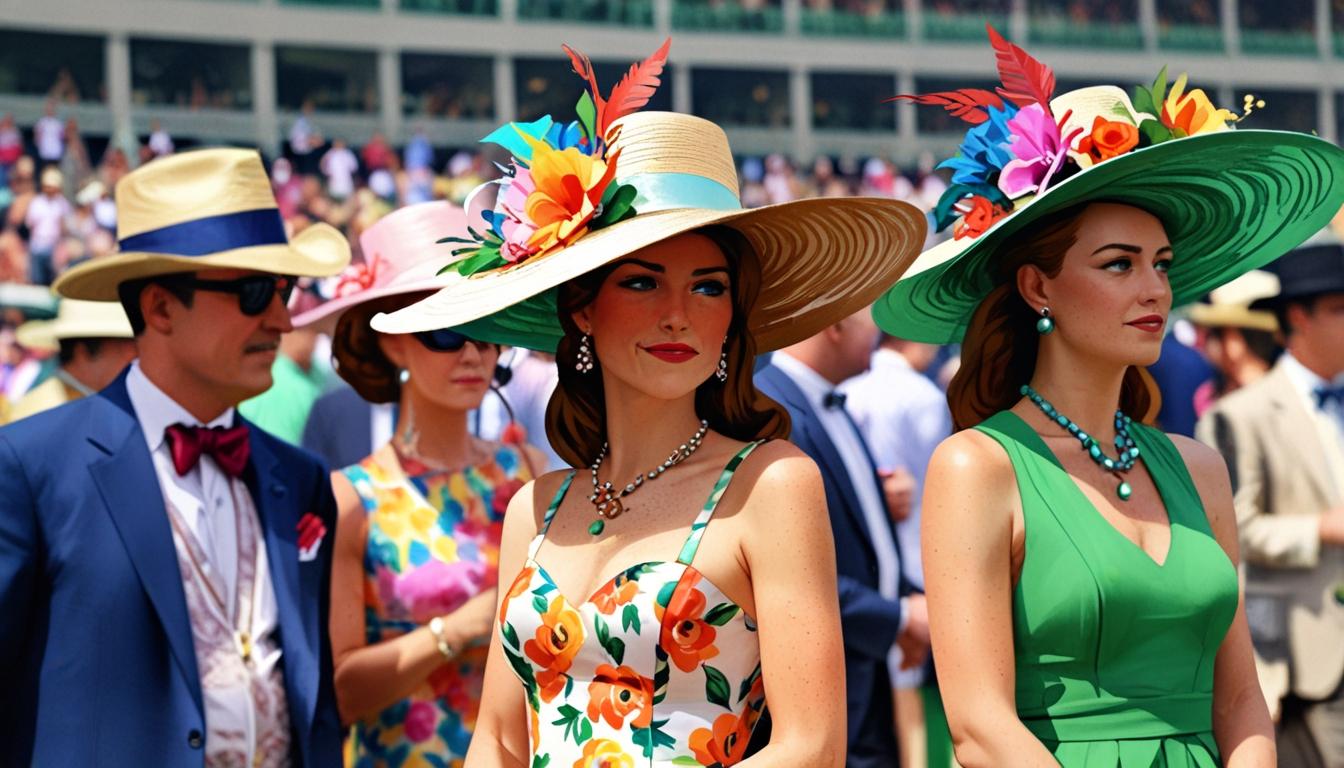Decathlon, the world’s largest sporting goods retailer, has a rich and dynamic history that traces back to its founding in 1976 by Michel Leclercq in Lille, France. Initially, the company focused on a singular store, but it quickly expanded its vision. By 1986, Decathlon had ventured beyond France, establishing its first international store in Germany. This marked the beginning of a global expansion that saw the brand spreading its wings across Europe, and eventually to every corner of the globe. Today, Decathlon operates over 2,080 stores in 69 countries, a testament to its enduring appeal and robust growth strategy.
Decathlon’s business model is notable for its comprehensive approach, managing every aspect of its product lifecycle in-house—from research and design to production, logistics, and direct retail. This vertical integration allows Decathlon to maintain high standards of quality and innovation across its wide range of sporting goods, which includes everything from tennis rackets to advanced scuba diving equipment. The company’s commitment to innovation is evident in its numerous research and development facilities located throughout France, which collectively register up to 40 patents annually. This relentless focus on innovation ensures that Decathlon remains at the forefront of the sporting goods industry, continually enhancing its product offerings to meet the evolving needs of athletes and sports enthusiasts worldwide.
The leadership transitions within Decathlon have also played a crucial role in shaping its strategic direction. In 2015, Michel Aballea took over as CEO, steering the company through a period of significant growth and technological advancement. The appointment of Barbara Martin Coppola as global CEO in January 2022 marked another pivotal moment, as it was the first time the company hired an external candidate for this role. Under her leadership, Decathlon has continued to expand its digital footprint and enhance its customer experience. The company’s recent acquisitions, such as the online retailer Alltricks and the mountain sports specialist Bergfreunde, further underscore its commitment to diversifying its offerings and strengthening its market presence. These strategic moves, combined with ongoing investments in training and innovation, ensure that Decathlon remains a leading force in the global sporting goods market.
Decathlon Sports Promotion
How to tell if Decathlon is vintage from the logo
Decathlon, a renowned sporting goods retailer, has undergone several logo transformations since its inception. Each logo variation marks a significant era in the company’s history, reflecting changes in design trends and branding strategies. Identifying the era of a Decathlon product can be facilitated by examining its logo, which has evolved from colorful and dynamic designs to more modern and simplified forms.
1976 to 1980 Decathlon logo
- The logo features bold green text for “DECATHLON.
- Below the main text, the phrase “A FOND LA MARQUE” is written in a playful, wavy font.
- This design reflects the energetic and vibrant branding of the late 1970s.

1976 to 1980 Decathlon logo
1980 to 1990 Decathlon logo
- The logo incorporates a more structured and streamlined design.
- DECATHLON” is presented in bold black letters with blue and green stripes running above and below the text.
- This era’s design indicates a move towards a more professional and dynamic brand image.
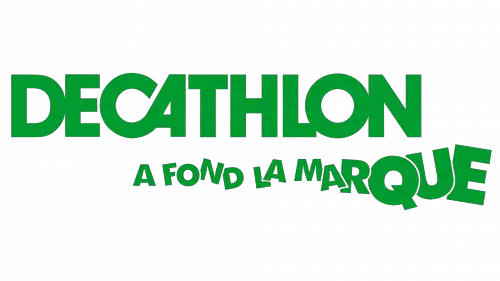
1980 to 1990 Decathlon logo
1990 to 2024 Decathlon logo
- The logo underwent a significant simplification.
- A stylized “D” emblem in white is introduced, with “DECATHLON” in smaller text below.
- This minimalist design signifies a modern and clean branding approach.
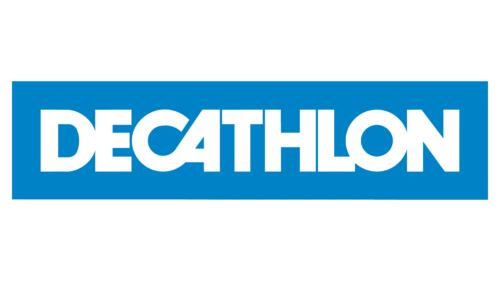
1990 to 2024 Decathlon logo
2021 to now Decathlon logo
- The current logo returns to a more traditional look with “DECATHLON” in bold white text on a blue rectangular background.
- The design emphasizes clarity and strong brand identity, aligning with contemporary branding trends.
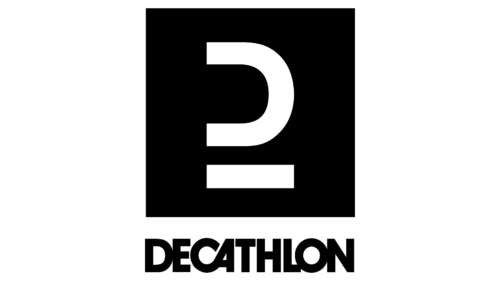
2021 to now Decathlon logo
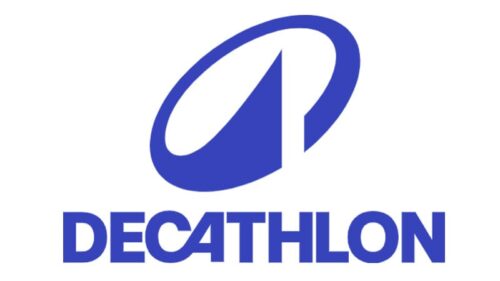
2024 to now Decathlon logo
How to tell if Decathlon is vintage from the tags
The tags on Decathlon garments have evolved over the years, reflecting changes in design, branding, and production locations. The earlier tags often featured simpler designs and less information compared to modern tags which include more detailed product and size information. Identifying the era of a Decathlon garment can be done by closely examining these tags and their specific characteristics.
Struggling to identify vintage tags or labels? Submit a picture on our vintage tag identification page, and we’ll help you out!
1990s vintage Decathlon tags
- Decathlon branding with simple, minimalistic design.
- Tags typically included basic size information and manufacturing details.
- Materials used for tags were straightforward and functional, without elaborate graphics.
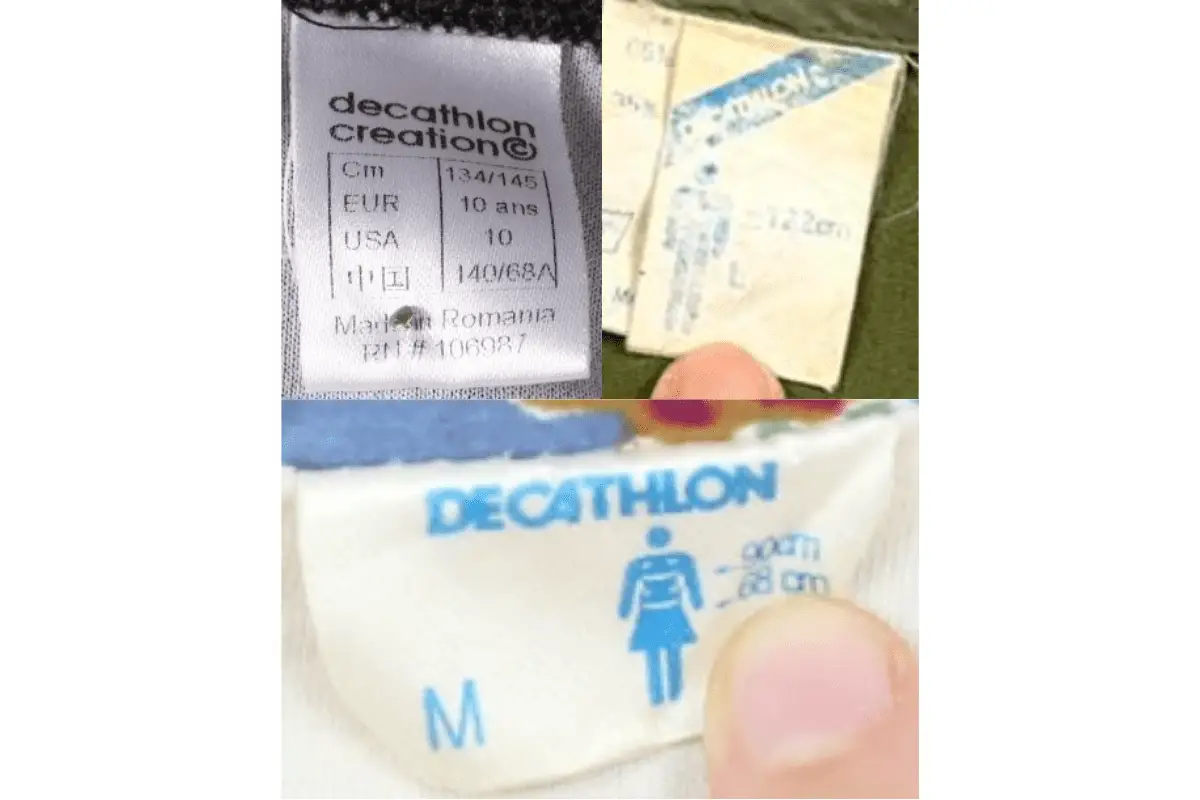
1990s Decathlon tags
2000s vintage Decathlon tags
- Introduction of the “Decathlon Creation” branding.
- More detailed size charts and manufacturing information displayed on tags.
- Tags often featured the © symbol next to “creation,” indicating a registered brand.
- Tags might include country of manufacture prominently.
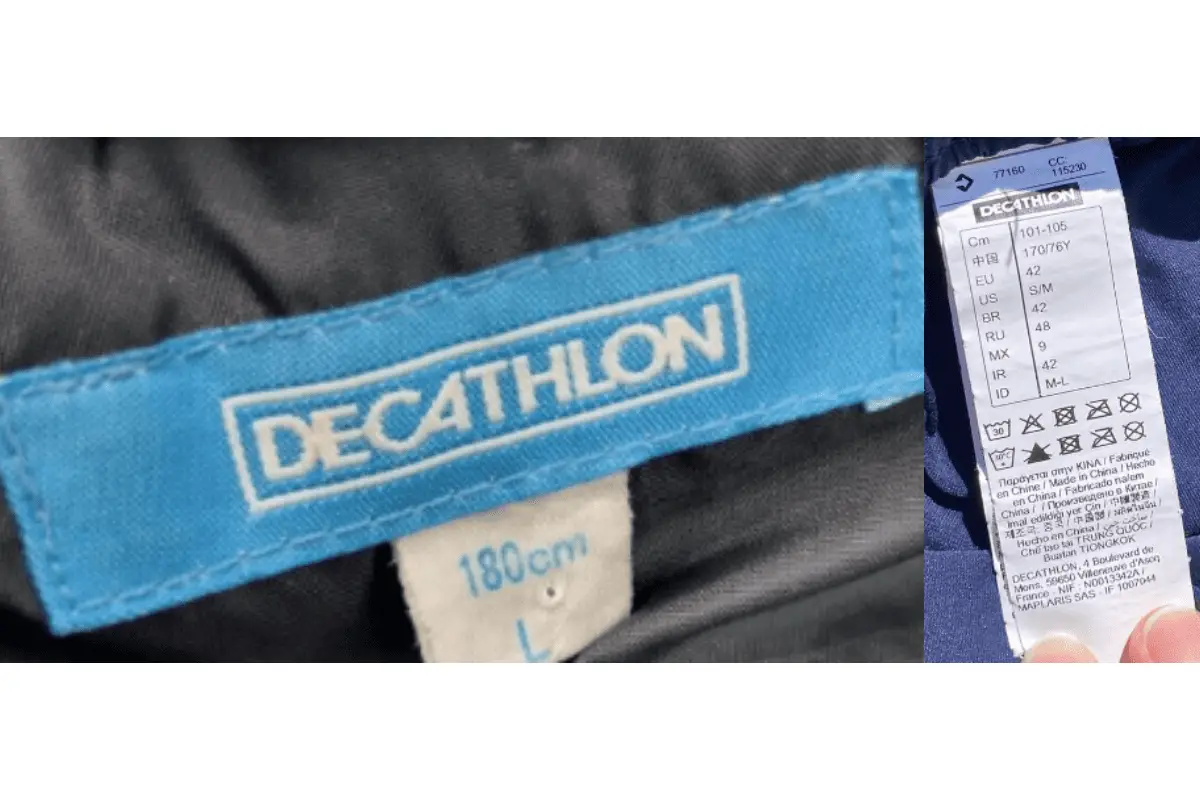
2000s Decathlon tags
2010s vintage Decathlon tags
- Modernized layout with more vibrant colors and detailed information.
- Tags featured comprehensive size charts, care instructions, and multilingual information.
- Use of varied materials for tags, reflecting a move towards more durable and detailed labels.
- Tags may include QR codes or additional branding elements.
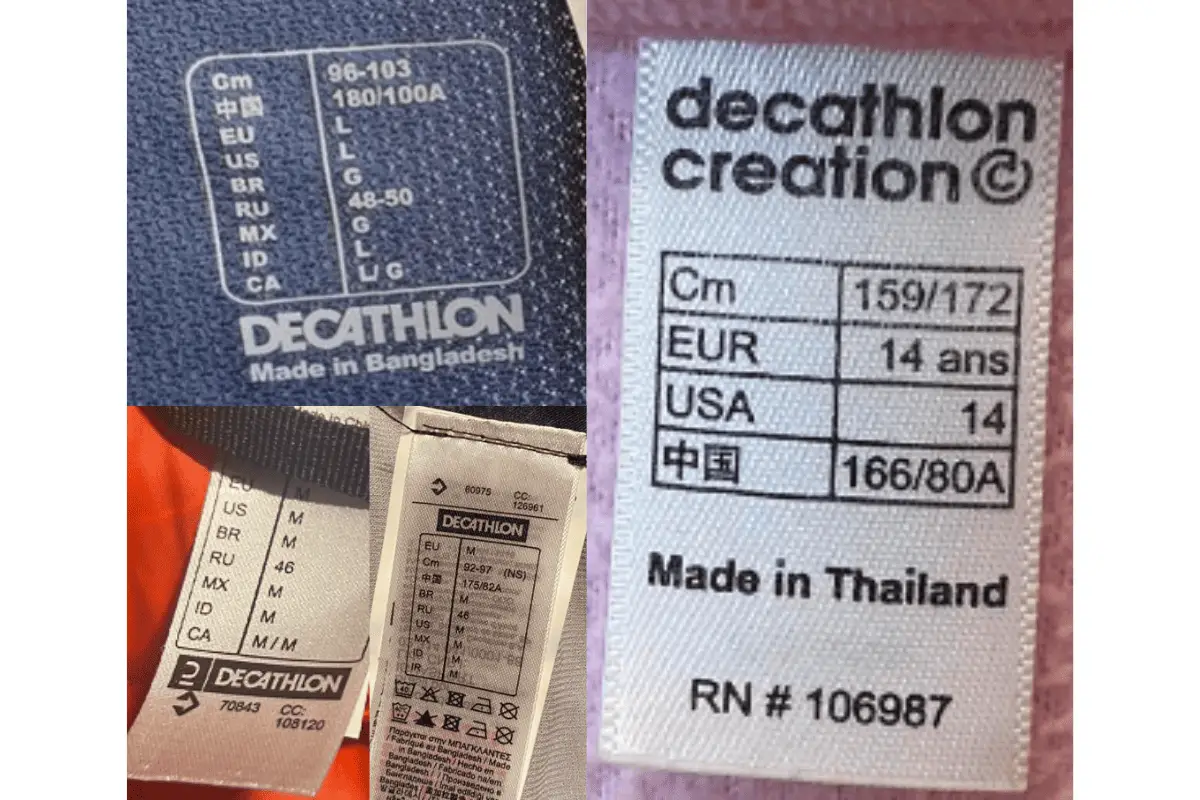
2010s Decathlon tags
